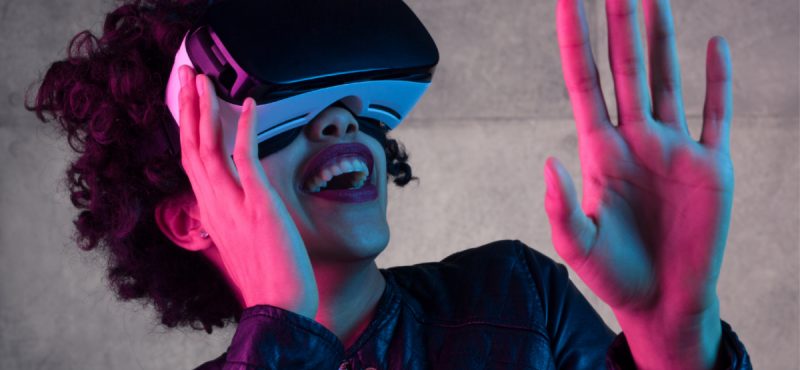CES 2020 is a wrap and we’re still reeling from it. As usual, CES gave us a lot to “ooh” and “ah” over—and a lot to think about. With more than 250 conference sessions and over 4,000 exhibitors, the words “information overload” come to mind, and they’re particularly fitting as we were reminded throughout the week that it’s going to take some serious Wi-Fi bandwidth to make a lot of emerging technology live up to its hype. Put bluntly, the highly connected internet of things (IoT) vision that we’re seeing from tech providers will require a near-seamless flow of information between people, devices, providers, and the cloud.
But, before we get into all of that, here are a few big categories and ideas that jumped out at us this year:
Smart(er) Homes.
Many of our homes are already connected, but the tech industry is finding more appliances and household items in need of upgrades. Bluetooth showerhead speakers, washers and dryers that can tell what fabrics you’re washing, smart grills that talk you through your recipes and cookouts—if there’s a way to make it smart, someone’s doing it.
Smart Cities.
The market for smart city tech is booming and getting bigger. Within the next two years, this sector is predicted to grow in value to over $150 billion and include technology for better traffic patterns, energy consumption, and even emergency preparedness. The big challenge here, according to experts, is that we can’t re-build cities from scratch; for this reason, governments and tech providers will have to find ways to blend new technology and aging infrastructure.
Smarter Healthcare.
A lot of us have adopted healthier lifestyles thanks to smartwatches and apps that monitor our heartrate, activity levels, and more, but connected healthcare tools are moving way beyond Fitbit. Continuous glucose monitors can help diabetics regulate their blood sugar more effectively; smart inhalers can help asthma patients better understand the causes of their symptoms, track medicine usage, and even provide allergen forecasts; and even cancer patients are seeing improved quality of life, thanks to Bluetooth devices that track their vitals as they undergo long-term treatments.
Travel and Tourism.
Move over, self-driving cars, because airlines are finally getting into the smart travel game, with 2020 marking the first year that an airline has participated in CES. Delta CEO Ed Bastian keynoted the conference this year, where he talked about biometric terminals, mobile agents, and intelligent tools for flight attendants. Their ultimate goal, according to Bastian, is to transform air travel from something to be endured into something “magical.”
Of course, the question remains: How do we make all of these big ideas into reality? The answer is that in order to create the experiential “magic” that Bastian refers to, some serious infrastructure work is necessary in order to build a sustainable foundation for our new, ultra-connected world.
It won’t be easy, but efforts are underway. A year ago, organizations representing the broadband industry revealed their plans to deliver more bandwidth and faster connectivity through a “10G” initiative, meaning they plan to make 10 gigabits of data per second a reality for homes in the coming years. Since January of 2019 they’ve made great strides on the technical side and field trials are expected in 2020. This 10-gigabit infrastructure will eventually be able to deliver super-fast “smart” access to businesses, organizations, and consumers alike.
If you’d like to learn more about the need for more broadband and how increased connectivity can benefit all of us—or if you’d like to get involved in helping make it happen—read more about boosting access to spectrum.
